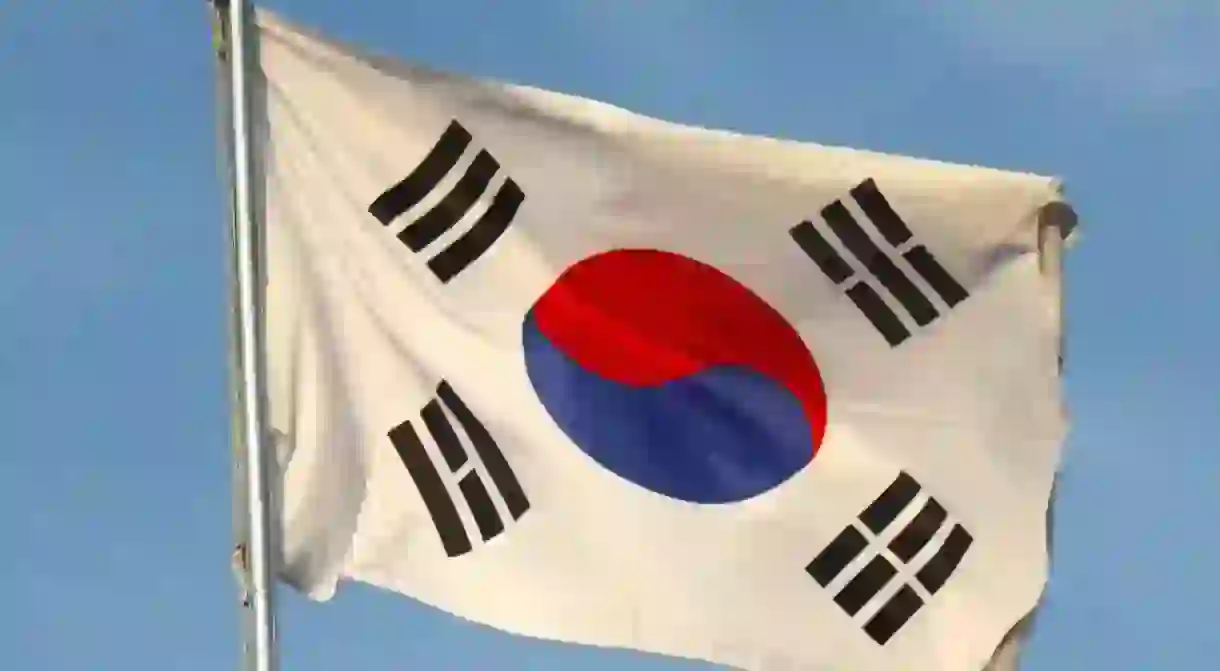Etiquette Tips to Remember When Visiting South Korea

South Korean culture embodies Confucian respect for hierarchy and tradition. Behavior is altered depending on age, status and wealth, and age-old customs are still practised today. While it’s easy to claim foreigner ignorance when making cultural blunders here, there is a basic, unspoken set of rules you need to be aware of when visiting the country. Here’s our essential guide to Korean etiquette, guaranteed to make you a favorite with any local.
Dining
When you first arrive at the table, keep the most honored guest, usually the eldest, in mind. Remain standing until they’ve been seated furthest from the door. Then, take your seat on a comfortable floor cushion, tucked underneath a low-set table. For the untrained westerner, this unsupported eating position on the floor can get pretty painful come hour two. Adjust your positioning as much as you want, but be cautious not to kick your neighbor.
Distract yourself from those tingling legs with the food. Dive into your personal rice bowl or the endless banchan (accompanyhing dishes of food) consisting of kimchi, sweet corn or pickled veggies. Aside from your rice, all the dishes in Korean BBQ are communal, following Confucian beliefs that shared food strengthens relationships. Traditionally the youngest adult would cook the meat in a restaurant setting, cooking and cutting the meat on the small stove in the center of the table.
When it comes to drinks, live by the rule, “don’t fill your own glass, but make sure everyone else’s glass is full.” Accept a drink poured for you with two hands, and pour others glasses by balancing your non-pouring hand on your forearm. Keep a watchful eye on the glass of the eldest at the table, as his/hers should always filled to the rim. Now clink away, saying geon-beh for cheers, and you’re ready to dine like a Korean!

Paying the bill
It’s customary that the eldest at the table will pay for a meal, or in far more common instances, whoever did the inviting will pay. That’s how many foreign teachers in Korea end up with free meal after free meal; their principals do the inviting. If you are being treated to a meal, don’t insist on paying. The awkward “paying dance” may be appropriate in other cultures, but not in Korea. If you do find yourself in the paying seat, any time you give or receive money, do so with two hands. At the very least, rest the non-dominant hand on your other forearm as you receive or pass on the money. This practice is common, carried out during even the simplest of monetary transactions.

Greetings
Due to the importance placed on hierarchy within Korean culture, there isn’t one fail-safe “hello” appropriate for anyone. It depends on age and status. When addressing someone younger or of lower status, a simple annyeong will suffice, accompanied by a slight bow of the head. When greeting someone of your own status or age, annyeong haseyo is the way to go, along with a lowering of the eyes and a slight bow at the waist. When interacting with very important people, the most formal, annyeong hashimnika, is appropriate. Tack on a slightly deeper bow, starting at the waist, hands folded at your lower belly, and you’ll be set. Tip: for men, hands for bowing are placed left over right, and for women, right hand over left.
Transportation
You’ll notice that Koreans rarely speak on public transport. If any chatter does happen, it’s in hushed tones, or by the occasional insensitive teenager. If you are talking loudly, don’t be surprised if an auntie or older gentleman gives you a sign to be quiet. Don’t take offense—it’s just how things are done here. When it comes to designated seats for disabled, pregnant or elderly people, don’t sit down, even if the seat is empty and there’s no such person in sight. In Korea, these seats are left unoccupied on the off-chance that they are needed. If you’re in a regular seat though, and no seats are left, give it up for an elderly person or someone who may need it more than you do.

Clothing
From the ever-popular Adidas to flowing daytime dresses or the traditional hanbok, South Korea’s got the style game figured out. Although fashion experimentation is widely accepted here, there are a few unspoken rules. For women, the shortest of skirts is fine… but don’t expose your shoulders or cleavage. When in doubt, go for a high neckline. For men, shorts are becoming more popular, but long pants are still the norm in the workplace setting.
Entering and taking off your shoes
Pretty much everywhere—restaurants, bathrooms, homes, schools and the occasional store—requires you to remove your shoes before entering. While this tradition will leave you hoping for the fashion resurgence of velcro shoes, it has nothing to do with inconvenience and everything to do with cleanliness. Koreans eat, sleep and sit on the floor, so tracking dirt across where they spend the majority of their lives would be grossly inappropriate. So fling off those kicks, grab a pair of indoor sandals and stay awhile.














